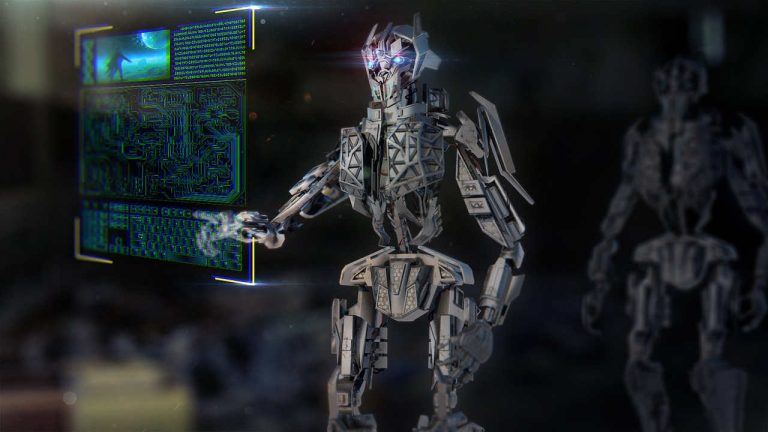Integration of Bentley-Nvidia systems could streamline U.S. infrastructure overhaul
Bentley Systems has created several partnerships to share realistic simulations of construction with a wider audience. They have done this to make the accessibility for digital twins across the construction industry easier.
Recently, Bentley, who has been long-established in the modelling industry, pushed their digital twins platform to support the Nvidia technology. This is just something else they have done that is other than partnering with Microsoft in order to improve support based on Azure Digital Twins Platform and app. There are also extended reality tools to make it easier when sharing realistic versions of modelling across stakeholders. This includes client decision makers, calibration engineers, contractors and citizens which are influenced by a new project.

These new technology advancements could help the US federal government save money with $1.9 trillion. The Bentley software is only one example of how Minnesota can spend less by using them for any question to existing bridges. This it is the extent of the impact that Bentley partnerships with Microsoft and Nvidia have in hopes of extending these gains more cheaply to more participants.
It was announced that Nvidia has partnered with them. The nvidia partnership will provide a graphics pipeline for AI enhanced real-time visualization of infrastructure digital twins. The simulation was usually only able to be done by heavy powered workstations and now Nvidia Omniverse can easily do the job in cloud which could give everyone the ability to view engineering grade, millimeter accurate renderings on various devices like their phones in and out of the office and if they’re affected by the project.
Improving infrastructure
Rich Humphrey, a vice president of Bentley commented that “construction is one of the last industries to digitalize its workflows,” A McKinsey paper on “Digital America” said that construction is behind only hunting and agriculture in the path to digital transformation. The use of digital twins could make it easier to capture information into digital models that are shared for use by different participants in a project for documentation, simulation, analysis, and visualization.
Currently, most projects are done with PDF documents that often convert it to a mixed mess of types across the construction and maintenance life cycle. A recent report from Dodge Data found that only 34% of civil infrastructure construction firms and 57% of vertical building construction firms were using model-based workflows. This was lower than the reported 90% of engineering delivery projects from the UK where BIM technology is used.
Humphrey argued that it is “significant that civil is behind, given the impending infrastructure spending bill in the U.S.,”
Many other countries have gone through major digital models that assist with city planning. In Finland, the City of Helsinki has been implementing a coherent city plan for 35 years. Meanwhile, the United Kingdom has recently adopted standards for building information modelling in infrastructure projects. There could be a difference for one of the reasons why U.S. infrastructure costs often are triple what they are in other countries. Recently, construction and engineering executives came up with a way to adopt the UK’s BIM standards to the U.S. market and maybe then it would be less expensive.
The civil projects are large-scale and have more methods to deal with. They deal with the condition, the few subcontractors, and a process that is undefined by materials. Think “earthwork,” “concrete,” or “asphalt.” The transportation agencies within the United States Department of Transportation don’t have a 3D model to the construction services contractors when procuring services. The contract documents are still paper and PDFs that don’t allow digital model-based workflows.
Moving Beyond 5D
The U.S has been so busy, they’ve had to resort to modeling and using simulations. Bentley has been interested in extending a models fourth dimension, time, as the fifth dimension, cost. This helps identify conflicts with other tasks, like heavy vehicles that advance the schedule, when a crane moves as a no go.
Bentley’s Humphrey thinks the next move in this technology will be going from static, incomplete models to digital twins that connect the project models to real time data. These digital doppelgängers are automatically updated with data from technological devices (IoT) like drones and mobile apps to better adapt to and plan around unexpected developments that affect cost, schedule, and quality. The more IoT data we collect, the more corporate or project teams will be able to use artificial intelligence and machine learning to further understand workflows and change them accordingly.
Bentley has been constructing a pathway for a company to grow from utilizing 2D blueprints today to adopting 4D/5D digital twins as their processes get cheaper.
According to Humphrey “these platforms will reduce barriers that construction firms have when they leverage a solution that can be used on all projects, independent of whether they will deploy BIM or digital twin processes on a job,”
Staff writer. Jonas has an extensive background in AI, Jonas covers cloud computing, big data, and distributed computing. He is also interested in the intersection of these areas with security and privacy. As an ardent gamer reporting on the latest cross platform innovations and releases comes as second nature.






